The World Bank reports that after more than three years, exposure to internet service led to a 7% decrease in extreme poverty in Tanzania and Nigeria. Additionally, there was an 8% rise in wage employment and labour force participation due to this exposure.
According to a World Bank flagship report from 2023, extreme poverty decreased by almost 7% in Tanzania and Nigeria after three or more years of internet access, while wage employment and labour force participation rose by up to 8%. The Digital Economy for Africa (DE4A) programme aims to enable all African individuals, businesses, and governments to access digital services by 2030. These investments are a component of this enormous ambition.
Notwithstanding the positive developments, there are still obstacles to achieving digital inclusion, such as the high cost of mobile access and the ongoing gender disparity in the digital sphere. Women are 37% less likely than men to utilise mobile internet, and mobile internet costs still need to be paid. These obstacles show how important it is to keep working to improve equitable and universal access to digital media.
It was noted in the brief that the region still needs to catch up to the other areas in terms of digital infrastructure quality, coverage, and access. At the end of 2021, just 22% of SSA residents were using mobile internet services, although 84% of residents lived in locations with 3G service, and 63% had access to 4G mobile coverage. Similar disparities exist in broadband coverage and usage: 61% of people in sub-Saharan Africa live in areas covered by broadband, yet they do not use it.
The percentage of internet users in SSA has increased by 115%. The brief also notes that Sub-Saharan Africa (SSA) had an astounding 115% rise in internet users over the previous five years (2016–2021). This development has been critical in promoting innovation, accelerating economic growth, and generating job opportunities.
In addition, the World Bank reaffirmed its commitment to supporting digital growth in Africa by allocating $731.8 million over six years to 11 initiatives related to digital development, as well as a total of $2.8 billion over the previous ten years to 24 projects. Another significant barrier is the cost of a gigabit (GB) of mobile data, which measures how affordable mobile access is. The average monthly cost of one gigabyte of mobile internet in 2019 was 10.5% of the gross national income (GNI) per capita, far more than the 2% target the United Nations Broadband Commission suggested.
Furthermore, in 2021, the median price of a low-end internet-capable phone was higher than 25.2% of the monthly gross domestic product per person. The digital gender gap in this region is among the biggest in the world. According to 2023 GSMA data, women are 37% less likely than men to use mobile internet, representing the most significant internet discrepancy. About 470 million people in Sub-Saharan Africa lacked identification in 2021, which hindered their ability to utilise essential public and private services fully.
According to the National Bureau of Statistics (NBS), 133 million Nigerians live in multidimensional poverty, or 63% of the country’s population. In contrast, just 12% of Nigerians who are of working age work for pay. Even though Nigeria has over 5 million active internet users, more internet coverage is required to promote equitable economic growth.
Nigeria still has some of the lowest data costs in the world, according to Minister of Communications, Innovation, and Digital Economy Dr. Bosun Tijani. However, he lamented that many operators are reluctant to install fibre in many regions of the country outside of the major cities due to the high cost of doing so.
World Bank Chief Economist for Africa, Andrew Dabalen, stated in the brief that “The minimal usage of mobile internet is a lost opportunity for inclusive growth in Africa. Closing the uptake gap would increase the continent’s potential to create jobs for its growing population and boost economic recovery in a highly digitalized world.”
